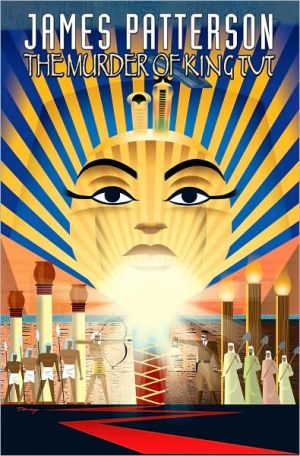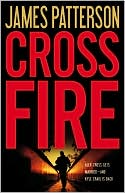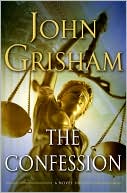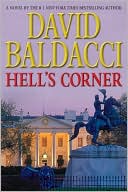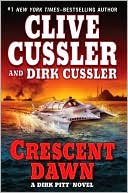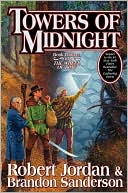James Patterson's The Murder of King Tut (Graphic Novel)
The Murder of King Tut adapts bestselling author James Patterson's New York Times bestselling novel. As we visit the Egyptian landscapes back in the time of the Boy King, we also follow the trials and tribulations of his discoverer, Howard Carter, as he searches tomb after tomb searching for what most other archeologists are certain doesn't exist - the Tomb of Tutankhamen and the clues to his controversial and mysterious death.
Search in google:
The Murder of King Tut adapts bestselling author James Patterson's New York Times bestselling novel. As we visit the Egyptian landscapes back in the time of the Boy King, we also follow the trials and tribulations of his discoverer, Howard Carter, as he searches tomb after tomb searching for what most other archeologists are certain doesn't exist - the Tomb of Tutankhamen and the clues to his controversial and mysterious death.
\ School Library JournalGr 8 Up—Two stories are told in this hardcover edition of the five-issue comic book based on the print novel by James Patterson and Martin Dugard: that of the boy king Tutankhamen and that of Howard Carter, the British archaeologist who discovered Tut's tomb. Two different artists, each employing a distinct style, illustrate the book. Carter's early-20th-century story is drawn in smooth lines and muted colors, while ancient Egypt looks harsher and bolder. Unfortunately, this drawing style makes characters difficult to distinguish, and the scarcity of proper names in the dialogue doesn't help. Even readers familiar with Egypt's New Kingdom period may have trouble keeping track. In addition, one character's name is variously spelled "Aye" and "Ay" throughout. Carter's tale has its own problems. Chiefly a story about a man digging in the desert and finding nothing, it is talky and uneventful, especially contrasted with the wars and murders of dynastic Egypt. Twice, readers suddenly become privy to Carter's thoughts, as internal monologue takes on narrative duties. And the novel closes with an appearance by Patterson himself, who suggests that both Carter and King Tutankhamen may rest somewhat easier now that he has solved the mystery of the Boy King's death. Money would be better spent on a less-fictionalized nonfiction title, such as Zahi Hawass's Tutankhamun (National Geographic, 2005).—Paula Willey, Baltimore County Public Library, Towson, MD\ \
